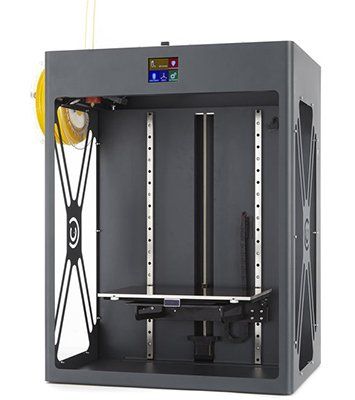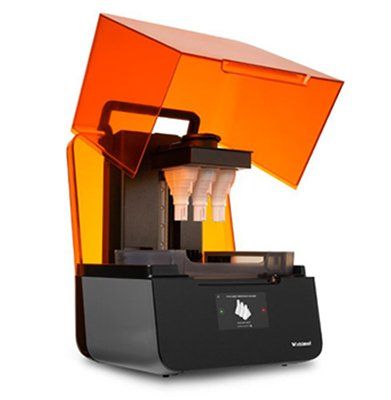In-house 3D Printing Advantages
3D printing gives great advantages when it comes to one-offs and small production runs, as there are times when the size and shape of the parts you need are not worth outsourcing. Perhaps lead time is longer than expected or it would increase the time to market your product. However, if you have In-house staff trained on the basics of 3d design and 3d printing, you don't need to outsource it.
Another reason is that in Manufacturing, there is a great need for good, functional jigs that can help the production line to be more accurate and efficient. Since 3D printing allows flexibility for more complex parts, if you observe the need for a small change, you can modify the design, reprint a new part and test it; thus, saving you time and money during the process.
Moreover, if you have a particular part that breaks often and needs replacement — once you have the design for it — you can have a small inventory on hand ready to use. Once again proving the benefits of having an In-house department.
Of course, there are plenty of other advantages and processes that you will discover during the workshop. In the overall sense, 3d printing along with a prepared workforce, can open up a variety of opportunities to help you grow your business.
-
3d Printer Limitations
Acknowledge that not every design is great for 3D printing. It has its limitations. The key to optimizing parts for 3D printing is remembering the capabilities of your 3D printers. This should not drive how you design, but is something to keep in mind.
-
Choosing the printing process
Once your design is ready, it is time to consider what the right 3D printing process is.
-
Optimizing your design for the best printing results
Ideally, you want to find the largest flat area and use that as a base; however, that is not always the best scenario. Therefore, we’ll cover splitting and how to do it when the build area is too small for your 3d part.
-
Slicing software
Using the printers included or going third-party.
Setting what you need to know for a successful print.
-
Safety During printing
Describe the item or answer the question so that site visitors who are interested get more information. You can emphasize this text with bullets, italics or bold, and add links. -
Post-printing procedures
For all printers and especially SLA (resin), you need good ventilation — and suction system with air filter. There are some filaments/resins that have a strong odor and if you have a small room for your printers, this could affect the air quality and thereby your health. We’ll share recommendations on that.
-
Materials and applications
There is a wide variety of material for both systems, and we will cover and test several of them during the workshop.
-
Your 3d Printing team
Employees in this position should be capable designers or understand design and mechanical parts very well. They should also be very good with hands-on work and be able to do small repairs to the 3d printers, which often need parts to be replaced. Occasionally you will have jams, nozzle clogs, blobs or bed adhesion issues; these problems are associated with FDM printers and will be covered in the workshop.
6-hour workshop or start with a 30-Minute Pre-Workshop Meeting
Feel free to call us if you have any questions
We will bring both 3D printer types, filaments and resins to train your designated staff for your new 3d Printing department



